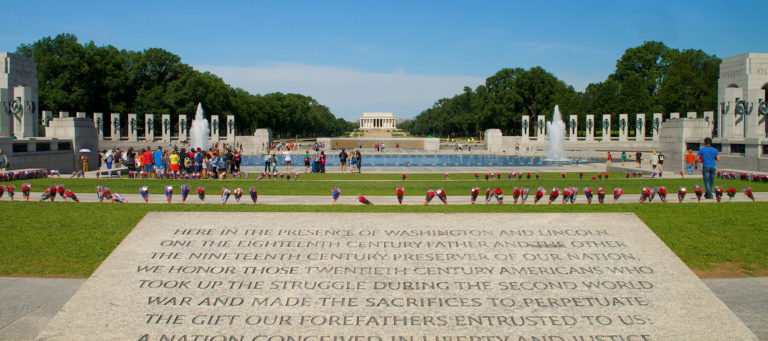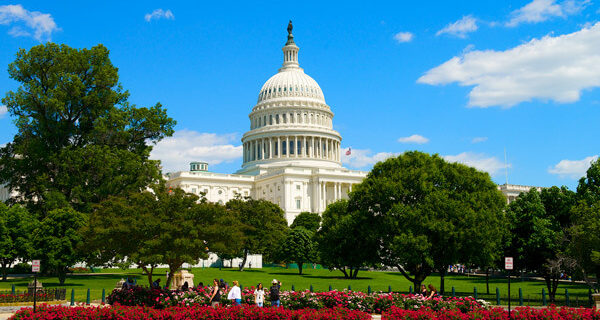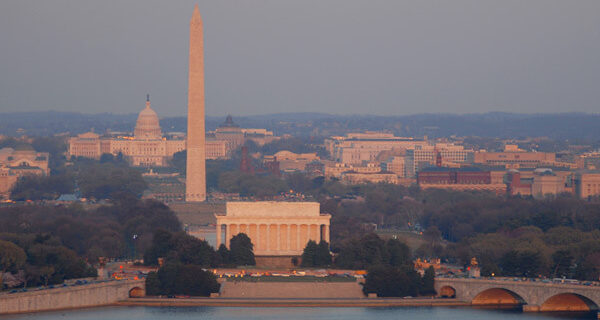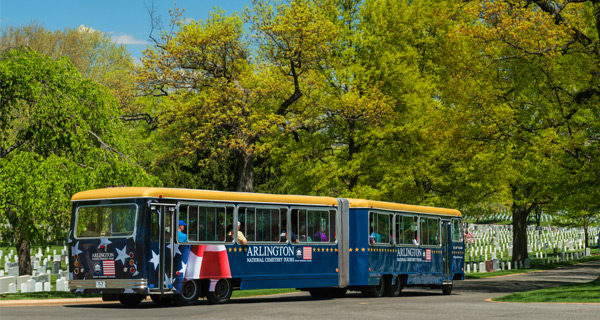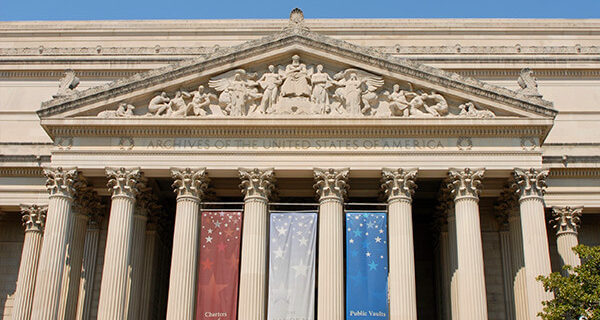From Past Battles To Present-Day Memorials
-
As the capital of the United States, Washington DC has a rich history marked by many military events, conflicts and struggles—all of which have played a part in the city’s and the nation’s future. Founded in 1790 by the constitution of the USA, DC was chosen to be the capital by George Washington who with some political maneuvering, won out against Thomas Jefferson and Alexander Hamilton, who each had their own ideas on where the capital should be.
And as one would imagine, it wasn’t too long after the site was chosen that war ensued, causing the near destruction of the city. Here’s a look at some of the most significant military events in the history of DC:
-
The War of 1812
It was during this war, which took place even before Washington DC would gain traction as the capital, that enemy forces invaded the city and burned many places down to the ground. The destruction included the just built White House, which was completely burned, as well as the Capitol Building and the Library of Congress and all of its books.
-
The Civil War
Several months before the Emancipation Proclamation, slaves in Washington DC were emancipated and the city rapidly became a hub for freed slaves. This trend continued for many years, growing the African–American population significantly and giving rise to the abolitionist movement. Before the war started, a meeting that included 21 of the 34 delegates, was held to attempt to avert the impending war. The Peace Congress took place in February of 1862 at DC’s Willard Hotel, just months before the war started. After their effort failed, a large army was formed to protect the city and DC soon became a military headquarters and logistics center. President Abraham Lincoln organized the forces with the knowledge that the Confederates would set their sights on DC in an attempt to end the war quickly and achieve secession from the Union. April 10th, 1862 marks the first arrival of forces into the city and with it, thousands of volunteers and professional soldiers began to arrive to fight for the Union.
-
Discovering DC’s Military Past, Present and Future
A simple stroll through the nation’s capital gives every visitor a view to the many events, leaders and struggles that have shaped the United States. On practically every street corner, on the National Mall and everywhere in between, there’s history and symbolism—each monument, memorial, museum and historical site with its own story to be discovered.
-
African-American Civil War Memorial Museum
Their story, which was largely unknown for centuries, comes to light in this one-of-a-kind museum. Dedicated to the United States Colored Troops (USCT), the African American Civil War Memorial Museum showcases these soldiers who fought for freedom during the American Civil War. The memorial, which was dedicated in July of 1998 under the leadership of Dr. Frank Smith Jr. and Colin Powell, includes a sculpture and a Wall of Honor, situated in the heart of the historic U Street district. The wall lists the names of 209,145 soldiers from the USCT and serves as a reminder of how important their role was during this turbulent time in American History. Inside the museum, you can learn through a variety of photographs, documents, artifacts and seminars about the USCT and their fight against slavery.
-
Clara Barton’s Missing Soldiers Office Museum
On a routine visit to a decrepit, rundown building that was slated for destruction, inspectors found something extraordinary. The year was 1996 when Richard Lyons felt as if someone had tapped him on the shoulder during the inspection, only to discover a letter hanging out of one of the ceiling slats. The letter, which was clearly ancient, drew Lyons in and compelled him to look in the attic of the building. And within minutes of exploring the dusty space, he came upon more than a thousand objects, including a sign that read “Missing Soldiers Office, 3rd Story, Room 9, Miss Clara Barton.” A patent office employee, Clara ran this office out of her apartment, helping families locate their missing loved ones. It is reported that she received more than 66,000 letters and helped locate approximately 23,000 men. Amazingly, Lyons had just discovered the rooms where Clara Barton lived and worked during the Civil War. And after 20 years of restoration and collaboration, the Museum in her honor opened to the public. Today, the rooms on the third floor of the building remain as they did more than a hundred years ago and provide visitors insight into the tireless work of Barton, who was known as the “Angel of the Battlefield.”
-
Ford’s Theatre and Petersen House
The site of the first presidential assassination in the history of the USA, Ford’s Theatre continues to provide theatrical performances today. But visitors to this historic performance center have the opportunity to learn about the events that led up to and followed the shooting of Abraham Lincoln as well as his life and his career. You’ll view a collection of artifacts and stories that detail the assassination and the history of the theatre. And just next to the theatre, the Petersen House offers an opportunity to see the back bedroom where the president was brought after the shooting and where doctors and the Petersen family tried to save his life. A tour of the home includes visiting the three rooms that are furnished in period pieces and a further look at Lincoln and his legacy.
-
Arlington National Cemetery
Like no other place in the city, the price of freedom is evident at Arlington National Cemetery. Here, more than 400,000 servicemen and women have been laid to rest, each one paying the ultimate sacrifice to preserve and protect our country’s ideals. A visit to these hallowed grounds leaves an indelible impression as you walk amongst the tombstones, monuments, and memorials and learn the stories of these brave souls. There are 639 acres to explore and within them be sure to see the John F. Kennedy Family Gravesite, the Tomb of the Unknown Soldier and the Arlington House. Check out this interactive Map of Arlington to find all of the most-visited sites
-
Frederick Douglass National Historic Site
Born into slavery in 1818, Frederick Douglass dedicated his life to fighting for civil rights and equality for all. At this historic site, where he lived for the last 17 years of his life, guided tours offer insight into the man that made it his mission to secure freedom for African–Americans and had a significant role as a statesman, abolitionist and equal rights advocate. You’ll be guided through the first and second floors of the home and see thousands of original objects that belonged to Douglass and his family.
-
National Archives
Some of the most important events that took place in American history are documented and preserved for all people to see and learn about in the National Archives. The building, which was constructed beginning in 1931, was an undertaking that would take several years to complete because it was being built above an underground stream during the height of The Depression. The fact that the architects chose limestone and granite for materials added to delays in construction, since suppliers of these stones were vying for the government to use their products. The design for the archives was part of a public buildings program that was implemented to beautify the center of DC and would be within what was called the Federal Triangle. When National Archives staff members moved into the building in 1935, much of the exterior work had been completed; but the interior was still very incomplete. There were no shelves for incoming records. The Rotunda, which would eventually become the home of our nation’s most treasured documents and other public spaces, would not be complete for several months. Today, a visit to the Archives treats you to exhibits that display the original Declaration of Independence, the United States Constitution, the Bill of Rights and a copy of the 1297 Magna Carta confirmed by Edward I. Visitors can also research military records and see World War II photos, the Louisiana Purchase Treaty, the Emancipation Proclamation and collections of other significant photographs, artifacts and documents.
-
In addition to these historic places that help illustrate the military past of Washington DC, the many memorials that celebrate our country’s history also play a significant role. Be sure to visit the Vietnam Veteran’s Memorial, The Korean War Memorial and The World War II Memorial while in DC on vacation.


